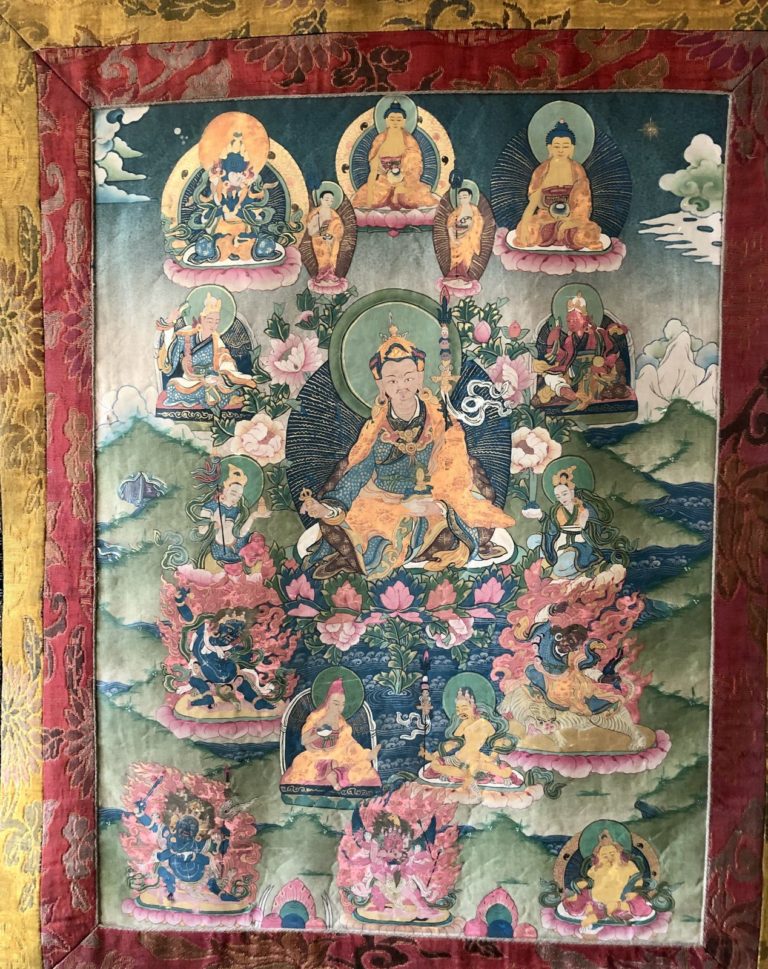Société européene pour l’Étude des Civilisations de l’Himalaya et de l’Asie Centrale
European Society for the Study of Central Asian and Himalayan Civilisations
The Image as Instrument and as Reflection of Ritual in Central Asia and the Himalaya: from Antiquity to the Present
University of Naples “l’Orientale”
Monday 5 to Wednesday 7 November 2018
SEECHAC is happy to announce that its next international meeting will be held in Naples from 5 to 7 November 2018. We invite contributions that adopt a multidisciplinary approach to the image as an instrument and as a reflection of ritual, in its artistic, archaeological, literary and historical connotations, in a wide Central Eurasian context, including Tibet, Iran, Mongolia, Central Asia and the Himalaya.
Images play an important role in the rituals of most cultural traditions of the region. They may represent components that are integral to the efficacy of the performance, either as major or minor divinities to be revered, or as demonic powers to be exorcised, or as other elements in the wider ritual environment. In form, they may range in complexity from simple two-dimensional depictions to large and highly elaborate constructions that may require many days to build. In some cases, the production of ritual images follows the rigorous application of textual prescriptions, whereas in others the tradition is perpetuated by oral transmission or by imitation.
The ontological status of images in ritual has itself been the subject of extensive debate. Is an image worshipped as the symbol of a transcendent deity, or is it merely the support for that divinity, or is it intrinsically sacred, and, if so, is this sanctity a permanent attribute or is it confined to the spatial and temporal framework of the ritual performance? While iconographic complexity may be particularly associated with the major religions of the region €notably Buddhism and Hinduism €images play an important part in other ritual traditions.
An important key of analysis will be represented by ritual as visual expression, religious, ideological, social and political conceptions. This is the case of Central Asia and Iran where, according to a long established tradition, images were also used for political and instrumental aims from the Early Antiquity to the present.
Narrative paintings, for example, provide a record of coronations, state ceremonies, sacrifices and other rites that are otherwise absent from, or only vaguely alluded to, in the literary record. And in the same way as the epic of the bard, the recitation of the shaman or the litany of the priest or the mulla, or even contemporary wedding videos, may evoke the figures of unseen gods and heroes, such “word pictures†may also be used to describe in detail the mythic, primordial performance of the rites that they are about to replicate in the here-and-now.
If you would like to present a paper at this conference, please send a title and an abstract of not more than 500 words to seechac.colloque@gmail.com by 1 June 2018. We will let you know as soon as possible thereafter if your paper has been accepted. The definitive programme will be announced by the end of September. Participants will be asked to make their own travel arrangements, but all other conference costs, including board and accommodation, will be covered by our hosts in Naples.

